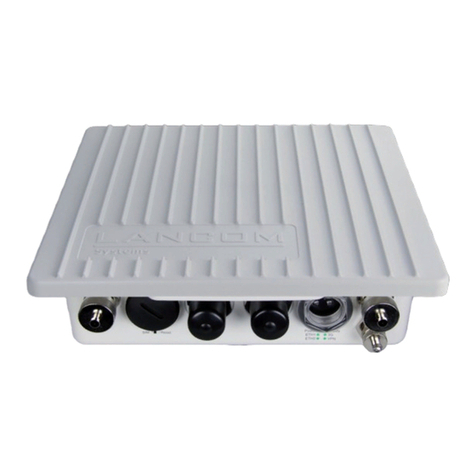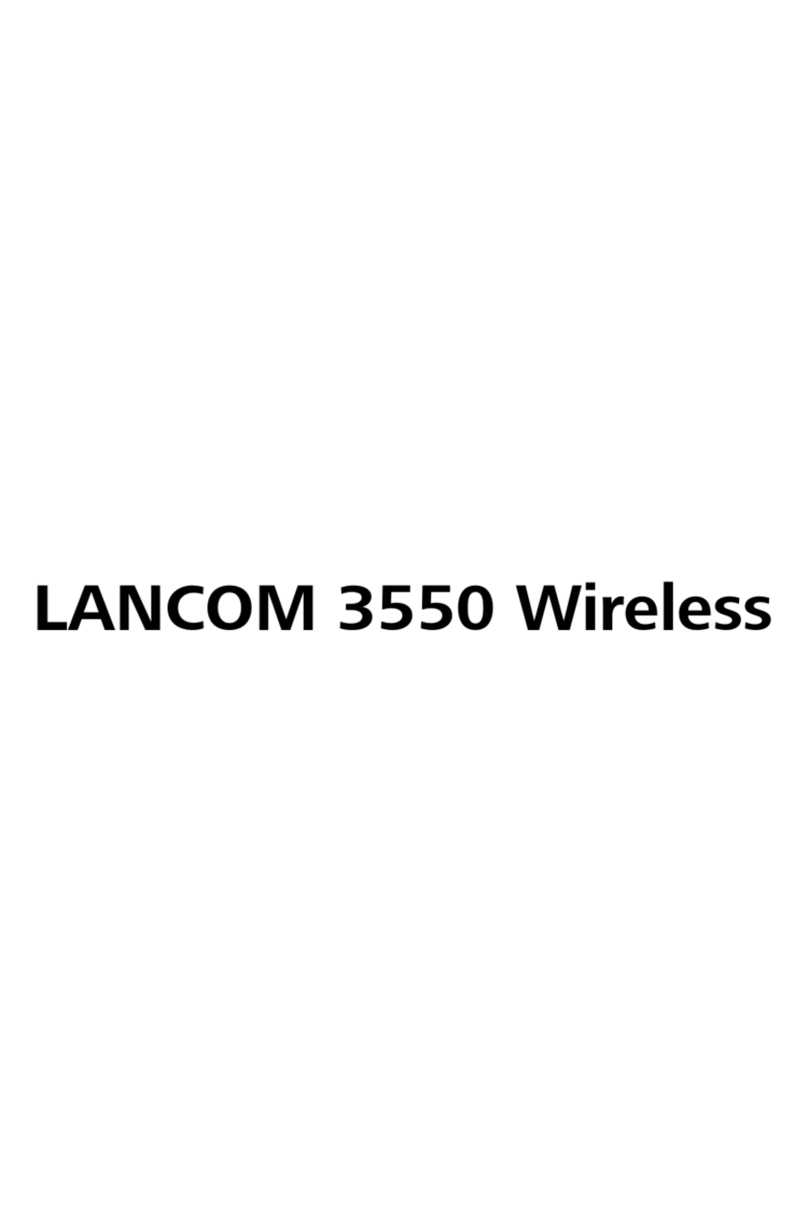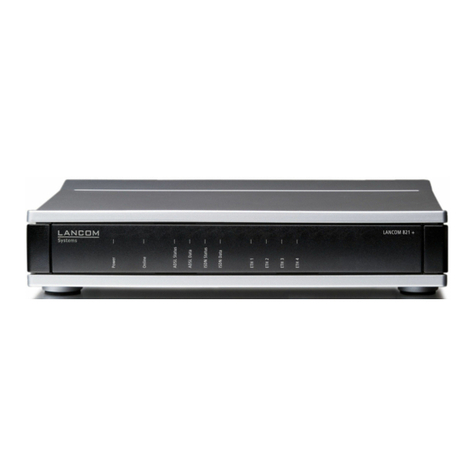Lancom 1751 UMTS User manual
Other Lancom Network Router manuals

Lancom
Lancom 1783VA-4G User manual

Lancom
Lancom 1723 VOIP User manual
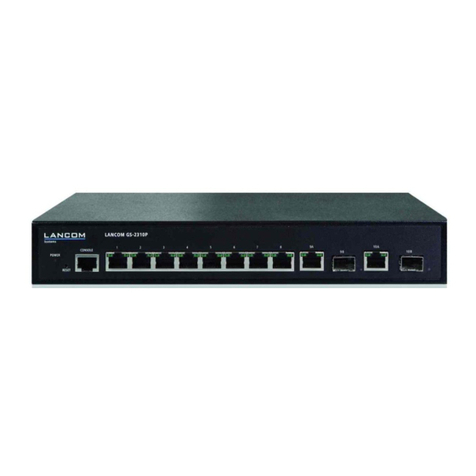
Lancom
Lancom GS-2310P User manual

Lancom
Lancom 1781VAW User manual
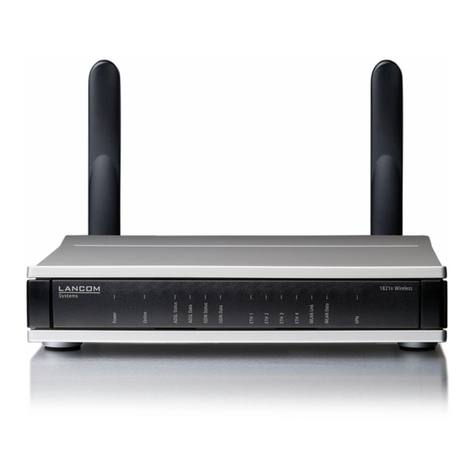
Lancom
Lancom 1821n Wireless User manual

Lancom
Lancom 1780EW-3G User manual

Lancom
Lancom 1781VAW User manual
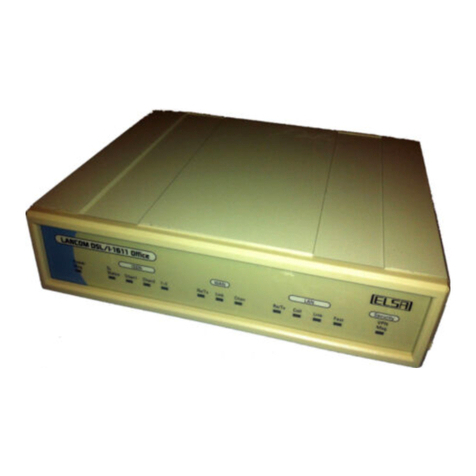
Lancom
Lancom Office Series User manual
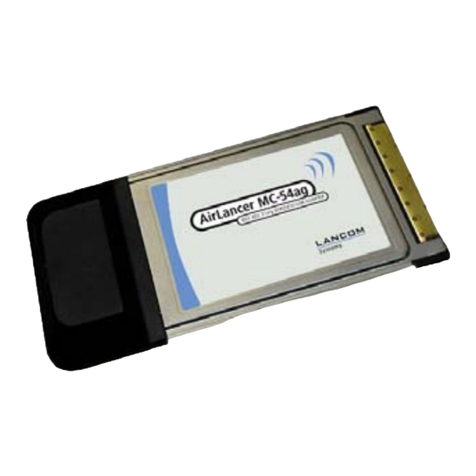
Lancom
Lancom AirLancer MC-54 User manual

Lancom
Lancom 1783VA User manual

Lancom
Lancom 850 UMTS User manual

Lancom
Lancom 1811 User manual
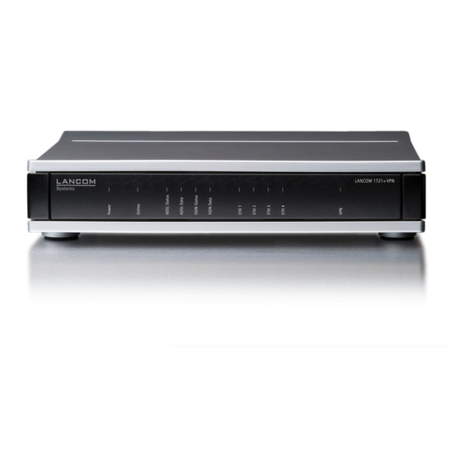
Lancom
Lancom 1721+ VPN Manual
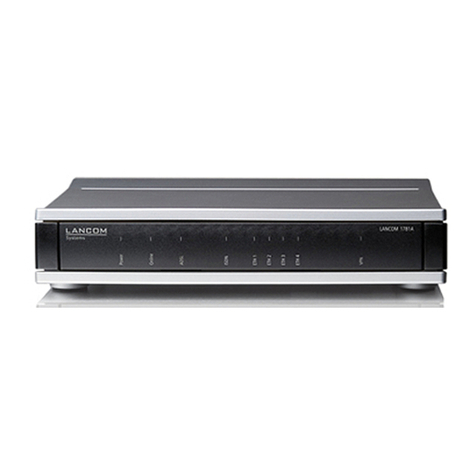
Lancom
Lancom 1722 VOIP User manual
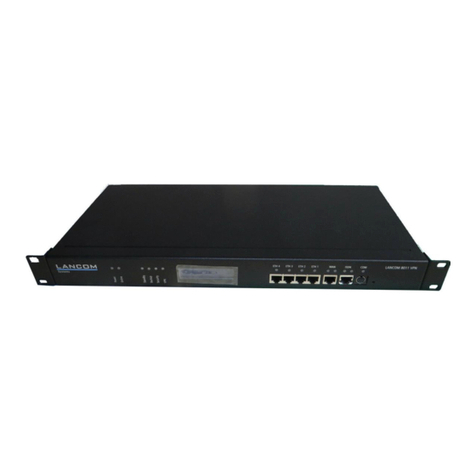
Lancom
Lancom 7111 VPN User manual
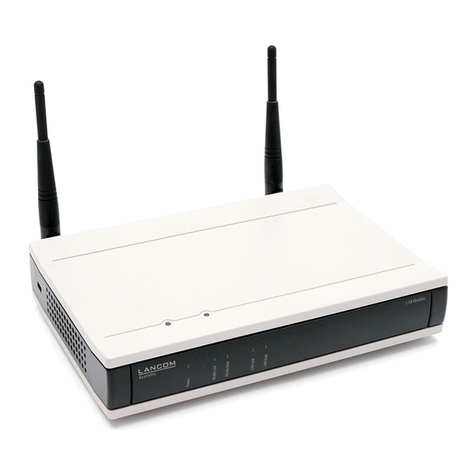
Lancom
Lancom L-54g Wireless User manual
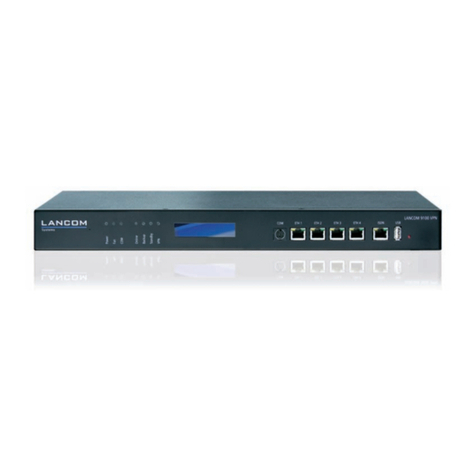
Lancom
Lancom 9100 VPN User manual
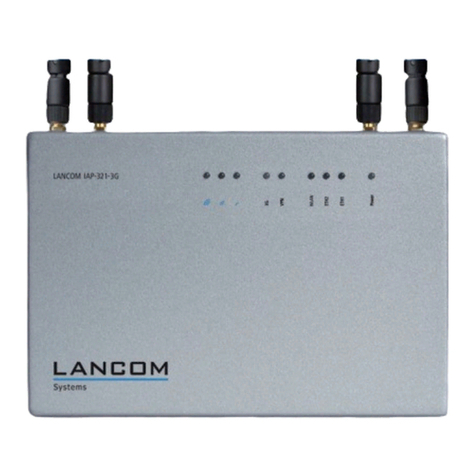
Lancom
Lancom AP-321-3G User manual
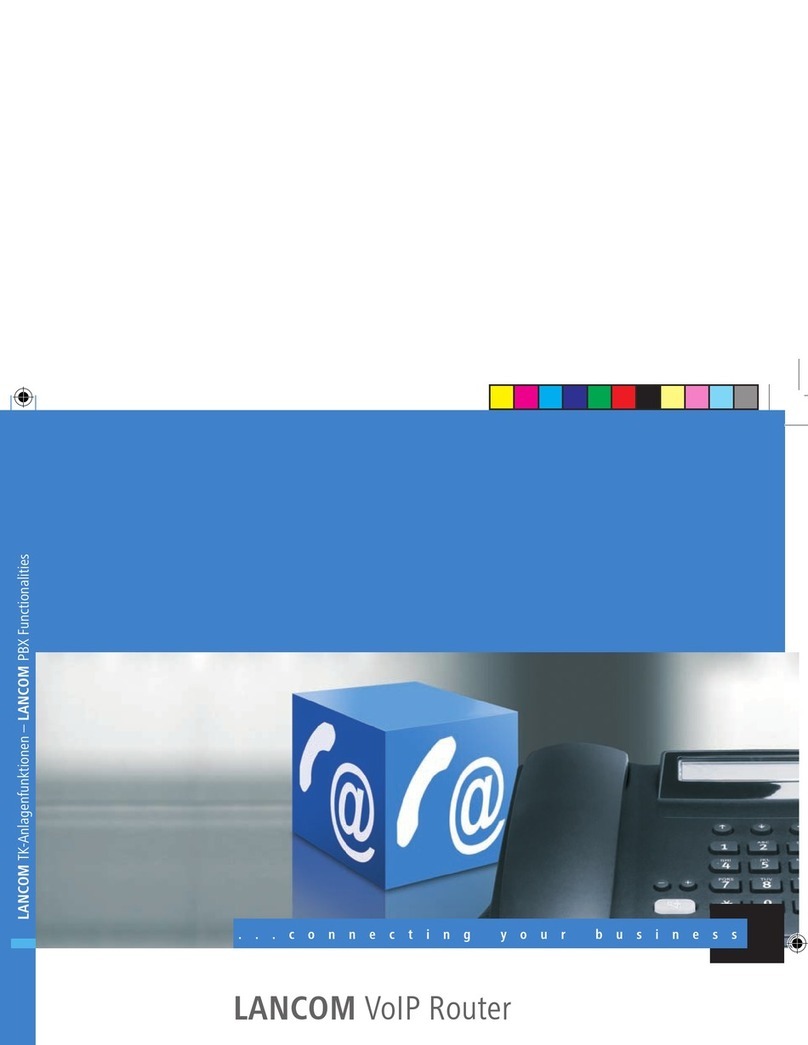
Lancom
Lancom LC-1823 User manual

Lancom
Lancom 1781VA User manual
Popular Network Router manuals by other brands

TRENDnet
TRENDnet TEW-435BRM - 54MBPS 802.11G Adsl Firewall M Quick installation guide

Siemens
Siemens SIMOTICS CONNECT 400 manual

Alfa Network
Alfa Network ADS-R02 Specifications

Barracuda Networks
Barracuda Networks Link Balancer quick start guide

ZyXEL Communications
ZyXEL Communications ES-2024PWR Support notes

HPE
HPE FlexNetwork 5510 HI Series Openflow configuration guide

